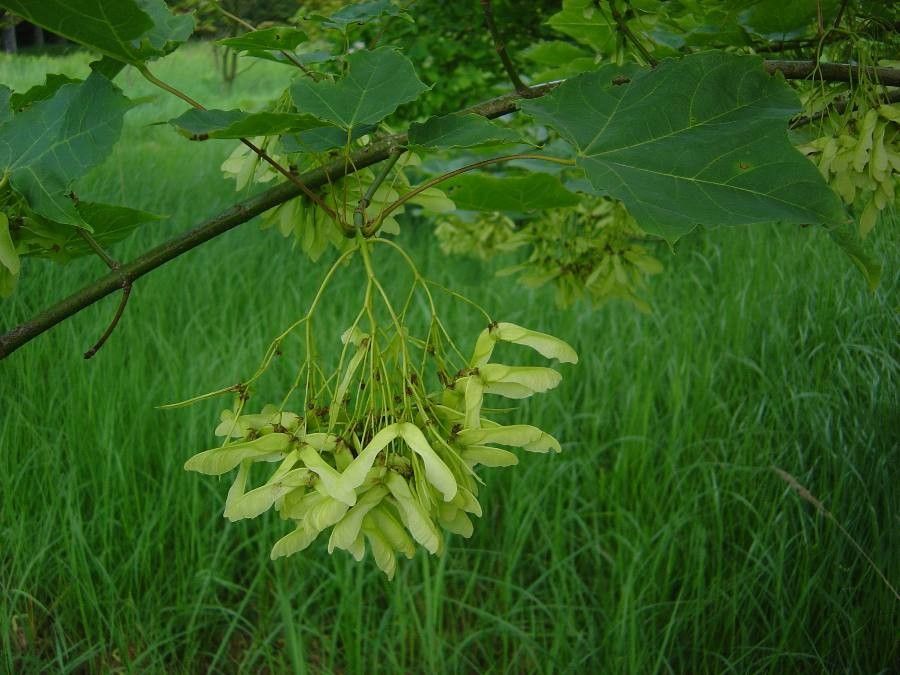Propagating Acer longipes: A Gardener’s Guide to the Long-stalked Maple
Introduction:
Acer longipes, commonly known as the long-stalked maple, is a captivating species prized for its distinctive long petioles (leaf stalks), giving its leaves a graceful, pendulous appearance. Native to western China, this maple boasts striking autumnal color, ranging from vibrant yellows to fiery oranges and reds. Its relative rarity in cultivation, combined with its aesthetic appeal, makes it a highly sought-after tree among discerning gardeners. Successful propagation, however, presents certain challenges, and specific techniques are required for its successful cultivation.
Seed Germination:
Currently, there are no known reliably successful methods for seed germination propagation of Acer longipes. While Acer seeds generally require stratification (a period of cold, moist treatment to break dormancy), the specific requirements for Acer longipes seeds remain largely undocumented and unsuccessful in practical application. Further research is needed to determine optimal stratification periods, temperatures, and germination media for this species.
Cuttings:
Propagating Acer longipes from cuttings presents a more promising avenue, although it still requires patience and skill.
Challenges: Hardwood cuttings are generally preferred for maples, but rooting success rates can be low. The timing of cutting collection is crucial, typically in late autumn after leaf fall. Insufficient rooting hormone application and high humidity can also hinder success.
Practical Tips: Take semi-hardwood cuttings in late summer or early autumn from the current year’s growth. Use a sharp blade to make clean cuts, treating the base with a rooting hormone before planting them in a well-draining propagation mix (e.g., peat moss and perlite). Maintain high humidity through misting or using a humidity dome, ensuring adequate airflow to prevent fungal diseases. Bottom heat can significantly improve rooting success.
Rewards: Although labor intensive, cuttings offer a means to quickly produce clones of a particularly desirable tree. This preserves its exact characteristics, which might be particularly valuable if the mother plant exhibits exceptional foliage color or growth habit.
Division:
Division is not a viable propagation method for Acer longipes. This species develops a single, main trunk, unlike some other Acer species that can be propagated by dividing their root systems.
Tissue Culture:
Tissue culture offers the potential for large-scale propagation of Acer longipes.
Challenges: Establishing a sterile environment and developing the appropriate growth medium and hormonal balance is technically demanding and requires specialized equipment and expertise. Contamination risks are high.
Practical Tips: This method requires a controlled laboratory setting with sterile techniques and specialized knowledge of plant tissue culture protocols. Success will depend on the careful selection of explant tissue and the optimization of nutrient media.
Rewards: Tissue culture offers the highest potential for rapid and large-scale propagation, ensuring genetic uniformity, and allowing for the clonal multiplication of superior genetic variations.
Conclusion:
Propagating Acer longipes presents unique challenges across all methods. Seed germination remains unreliable, while cuttings require horticultural expertise and patience for success. Tissue culture, though the most effective for large-scale propagation, demands specialized knowledge and equipment. However, the rewards of successfully cultivating this beautiful tree—achieving a stunning addition to the garden—make the effort worthwhile. The process reinforces an appreciation for the plant’s complexity and the satisfaction that comes from nurturing life from a cutting or developing the specific techniques used for a rare species. Aspiring propagators of Acer longipes should carefully weigh the level of difficulty with their available resources before beginning, and should prioritize acquiring the necessary expertise and understanding to increase their chances of success for this rare and beautiful tree.

